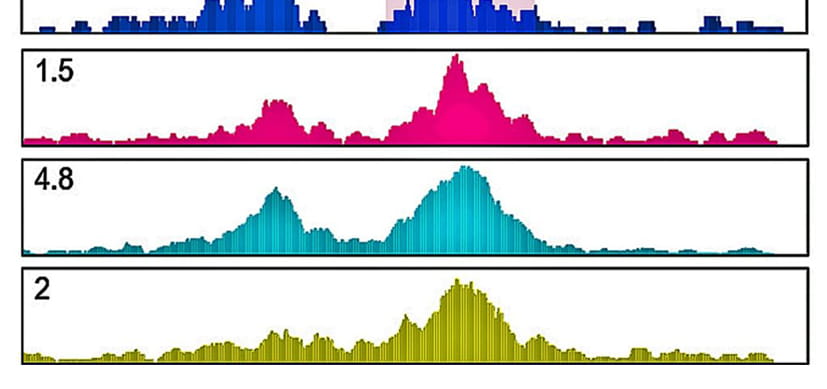
Artem Barski, PhD
- Director, Epigenomics Data Analysis Core
- Associate Professor, UC Department of Pediatrics
About
Biography
My research areas are epigenetics, epigenomics, immunology, T cell memory and T cell mechanisms in food allergies. I’m working to understand how T cells remember previous encounters with antigens and how this leads to an enhanced immune response.
During my post-doctoral training in the Keji Zhao lab at the National Institutes of Health (NIH), I participated in the development of ChIP-Seq. This revolutionary method combines ChIP with next-generation sequencing. ChIP-Seq allows for genome-wide mapping of chromatin modifications and transcription factor binding sites with enhanced resolution and sensitivity that far exceed older methods. Since my arrival to Cincinnati Children’s in 2011, my laboratory has been working on epigenomics of immunological memory. In 2017, we described the relationship between epigenetic gene poising and the rapid recall ability of memory T cells. We also reported on the role AP-1 transcription factor plays in chromatin remodeling during T cell activation.
Our laboratory is developing both wet lab and computational approaches for the study of epigenomics. We have created Biowardrobe, a user-friendly platform for processing next-generation sequencing-based data. In order to make data analysis more reproducible, we are using Common Workflow Language (CWL) and developed CWL-Airflow, a pipeline manager for CWL-based workflows. We also run the BioWardrobe/SciDAP bioinformatics server as the Cincinnati Children’s Epigenomics Data Analysis Core.
I am a recipient of the 2011 National Heart, Lung, and Blood Institute’s (NHLBI) Career Transition Award (K22) and 2015 NIH Director’s New Innovator Award (DP2). My work has been published in prestigious journals, including Cell, Nature Structural and Molecular Biology, The Journal of Experimental Medicine, GigaScience, Genome Research and Genome Biology. I have been a researcher for more than 20 years and began working at Cincinnati Children’s in 2011.
BS/MS: Moscow State University, Department of Chemistry, Moscow, Russia, 2000.
PhD: University of Southern California, Los Angeles, CA, 2006.
Fellowship: National Institutes of Health (NIH), National Heart Lung, and Blood Institute (NHLBI), Bethesda, MD, 2011.
Services and Specialties
Interests
Epigenetics; epigenomics; immunology; T cell memory
Research Areas
Publications
AP-1 activity induced by co-stimulation is required for chromatin opening during T cell activation. The Journal of Experimental Medicine. 2020; 217:e20182009.
CWL-Airflow: a lightweight pipeline manager supporting Common Workflow Language. GigaScience. 2019; 8:giz084.
Epigenetic and transcriptional programming of murine eosinophils in the esophagus. Nature Communications. 2025; 16:10454.
Allergen-specific mRNA-lipid nanoparticle therapy for prevention and treatment of experimental allergy in mice. The Journal of Clinical Investigation. 2025; 135:e194080.
Single-cell transcriptional landscape of liver transplant rejection reveals tissue persistence of clonally expanded, treatment-resistant T cells. American Journal of Transplantation. 2025; 25:2345-2360.
Silencing TET1 expression alters the epigenomic landscape and amplifies transcriptomic responses to allergen in airway epithelial cells. Environmental Epigenetics. 2025; 11:dvaf007.
Fusion-specific chromatin profiles mediate transcriptional heterogeneity in MLL-rearranged acute lymphoblastic leukemia. Blood Advances. 2025; 9:856-861.
Transcription Factor 21 Regulates Cardiac Myofibroblast Formation and Fibrosis. Circulation Research. 2025; 136:44-58.
Accelerating Single-Cell Sequencing Data Analysis with SciDAP: A User-Friendly Approach. Methods in molecular biology (Clifton, N.J.). 2025; 2880:255-292.
Single-cell RNA-sequencing of human eosinophils in allergic inflammation in the esophagus. Journal of Allergy and Clinical Immunology. 2024; 154:974-987.
From the Blog
Healthy T Cell Formation Depends on Transcription Factor AP-1 to Open Chromatin
Artem Barski, PhD12/2/2020




